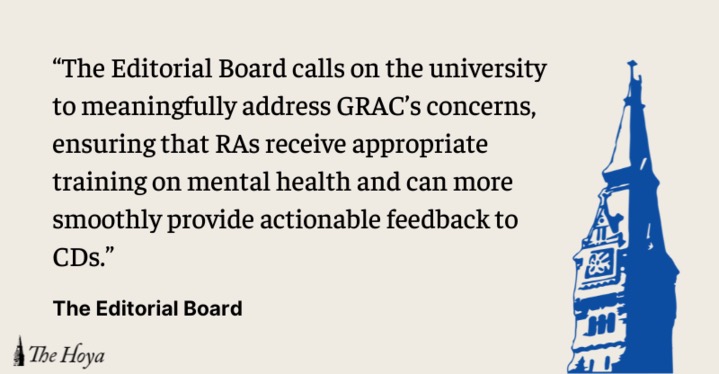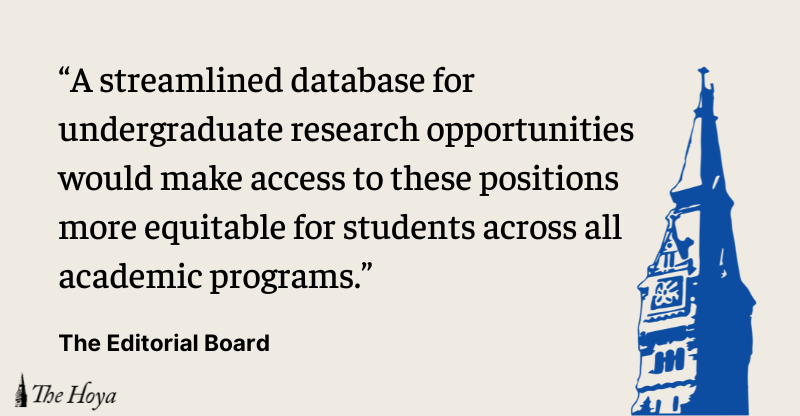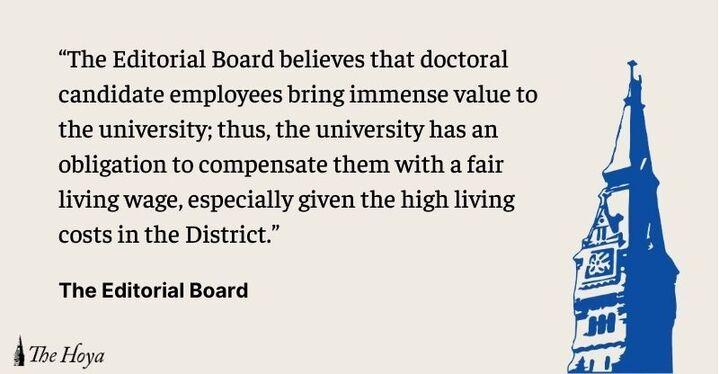Though less festive than The Corp’s holiday gala or Midnight Breakfast at O’Donovan Hall, end-of-semester course evaluations are a long-standing December tradition at Georgetown.
Though evaluations have the potential to generate valuable information for students and faculty, they are undermined by faulty administration methods. The most recent results of these evaluations are available online, but few students know they exist. And those who do reference the database can see that it is poorly maintained, as many classes listed there are no longer offered. It’s time for the university to update procedures that can make evaluations more comprehensive and useful.
As the university has recognized, distributing paper evaluations during class periods is an antiquated method; it is tedious, and many students feel rushed to complete the evaluations in class. Though it results in a large sampling of students, the paper process is an inefficient way to collect data. To address these issues, the university has planned to do away with paper evaluations completely by next fall in favor of an online system.
But the web assessments that will have entirely replaced their paper counterparts a year from now are not compulsory, causing them to develop the same cloud of sampling bias that hangs over Ratemyprofessors.com: Often, only the most impassioned students — whether they have a positive or negative review to share — take the time to fill out an evaluation.
Another defect in the process is timing. Evaluations currently take place during the last two weeks of classes before final exams. This is premature, as the quality of a final exam is significant to a student’s overall experience in a course. However, conducting evaluations after finals are administered would also be problematic because of the difficulty in mandating that students review a course during the holiday break.
To address both of these concerns, we propose a two-stage evaluation procedure. The first stage would consist of in-class, online questionnaires conducted during the last days of classes. This step would encourage more students to participate than the current online evaluations do. After finals but before grades become available, students could complete a voluntary, online follow-up evaluation to give constructive feedback with the full course — but not their final grades — in mind.
Students are hungry for peer advice about courses, as evidenced by the popularity of Ratemyprofessors.com. And no matter how much our professors already know, they appreciate constructive feedback. But if course evaluations are to serve their intended purpose, the flawed process behind them needs an upgrade.













